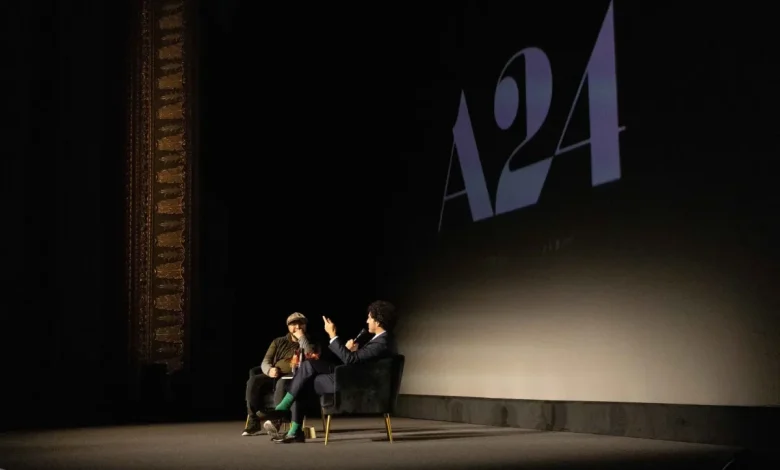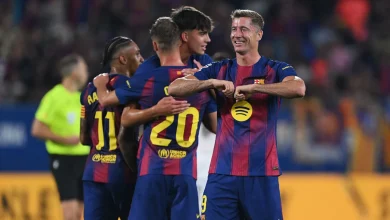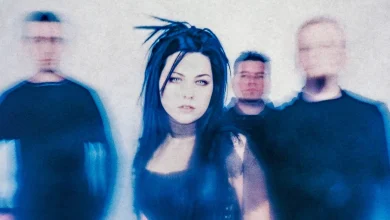Redefining Pride in ‘The Smashing Machine’

Written by Olivia Longoria. Photograph by Avery Melhado.
Do something that excites you. That’s Benny Safdie’s advice to SCAD students looking to pursue a career in art, and just what he did when making “The Smashing Machine.”
Safdie received a standing ovation after acting senior Jonah Diamond presented him with the Maverick Director Award for his film. Safdie beamed on stage as he thanked Paula Wallace, SCAD and A24 for letting him try, well, whatever he wanted.
Safdie’s idea for the film, which marinated in his mind for nearly five years, yielded wonderfully tender results. Whether or not you know anything about UFC, “The Smashing Machine” puts viewers in the room with these characters, and forces you to feel the way they breathe and bear witness to all they are feeling, even when it feels like you shouldn’t. Mark Kerr (Dwayne Johnson) struggles with addiction, a tumultuous relationship with girlfriend Dawn (Emily Blunt) and what pride really means.
The intimacy of the film was made possible by techniques implemented by Safdie. An intense argument scene that takes place between Mark and Dawn in their home was shot with cameras hidden in the walls of the set. Safdie explained to the audience that he didn’t want the actors to be conscious of the camera. Hiding them would create room for vulnerability in its rawest form. In fact, raw is a word that stays with the audience throughout the film. Raw bruises, raw relationships and raw emotion. All three of these things are present when Mark ends up in the hospital after an accidental overdose, and finally admits to his best friend, Mark Coleman, that he has a problem with narcotics.
The overdose comes after a match with Igor Vovchanchyn at Pride 7 is determined no contest, and Kerr is unable to face the reality of not coming out on top. The next year shows Kerr grappling with his identity as a fighter and as a man. He uses medication to mute his emotions, until he eventually hits a breaking point.
There are not enough stories that put masculinity on display for such honest critique the way “The Smashing Machine” does. Throughout the film, there is a tangible yearn in Kerr for affection and acceptance. His intimidating stature is almost a point of shame when outside the ring, like he wants to make himself smaller to feel connected to the people around him. The fact that he could at any moment become a means for destruction hangs over most of the film, especially in moments at home with Dawn. The audience doesn’t trust him, and it’s like Kerr knows it and feels shame.
At a standard visit to the doctor, a woman in the waiting room asks Kerr a question about his job.
“Do you hate each other when you fight?” she asks cautiously.
“Not at all,” he replies with a smile.
What is perhaps most impressive about the film was the display of tenderness amongst the male friendships. The film ends triumphantly, and not because Kerr wins. He ultimately loses to Kazuyuki Fujita at the PRIDE Fighting Championship, leaving his good friend Mark Coleman to win it all. The medic gently tends to Kerr’s wounds, and he is able to celebrate his friend, experiencing a new type of pride.
In the end, accepting who you are is the greatest triumph of all.
Olivia is Writing MFA candidate who loves dogs, the perfect cup of coffee, and her curated collection of fun socks. Journalism was her first love and she hopes to pursue a career in it after graduation. Outside of writing for District, she can be found buying pasta at the farmer’s market, reading, or taking her dog, Joey Pepperoni, to the park.





